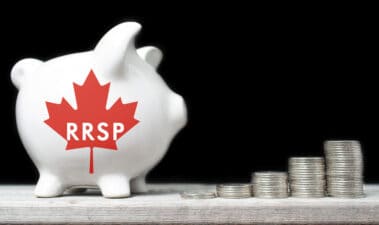The Canadian government plans to phase out the Canada Emergency Response Benefit (CERB0 program. However, the government has extended the program for four more weeks right now to help Canadians who find it challenging to transition to the EI (employment insurance) program.
The COVID-19 pandemic continues to impact millions of Canadians, which has prompted the federal government to extend its benefit program for another four weeks. Several Canadians will heave a sigh of relief as they receive $2,000 from the Canada Revenue Agency (CRA) for another month.
So, if you are an existing CERB recipient who has been collecting the benefit from the CRA, you are in luck. The total duration for the CERB program will be 28 weeks, which means the CRA will disburse up to $14,000 to eligible applicants.
As the CERB program comes to an end, the Canadian government has already announced a $37 billion program to support impacted workers. While over 400,000 jobs were added in July 2020, the unemployment rate remains high, which means the government will transition several CERB recipients to the EI program.
Now, Canadians eligible for the EI will receive a minimum of $400 a week. The CRA has also introduced the Canada Recovery Benefit that will pay $400 a week for a period of 26 weeks for self-employed workers unable to resume work.
According to a CBC report, the CRA pays 4.5 million Canadians via the CERB program. Now, after the program expires later this month, around three million people will transition to the EI program and two million will be eligible for the recovery benefit.
The CERB has emphasized the importance of passive income
The COVID-19 pandemic has resulted in an unprecedented number of job losses. While this has been a once-in-a-lifetime scenario, it is the best time for Canadians to start saving and create multiple income streams. The ongoing recession is not the first economic slowdown and is definitely not the last.
While the federal government has pumped in billions of dollars to boost consumer spending and salvage the economy, it is unlikely that government-sponsored programs will be a part of future economic packages.
It is up to each individual to ensure they build a nest egg for a rainy day. One way to create a passive income stream is to invest in dividend-paying ETFs such as the BMO Canadian Dividend ETF (TSX:ZDV).
This ETF aims to provide exposure to the performance of a yield weighted portfolio of dividend-paying stocks in Canada and holds the potential to increase investor wealth via long-term capital appreciation as well.
The top five holdings of the ZDV include Enbridge, Bank of Nova Scotia, BCE, Telus Group, and Emera that account for a cumulative 15.8% of the ETF. The ZDV has a forward yield of 5.6%, which means an investment of $100,000 will generate an annual dividend income of $5,600.
The ETF has slumped 19% year-to-date and will move higher over the long-term once the economy rebounds. Investing in an ETF makes perfect sense for individuals who do not have the time or expertise to identify quality stocks. ETFs such as the ZDV provide diversified exposure to blue-chip Canadian companies with robust cash flows and strong balance sheets.







